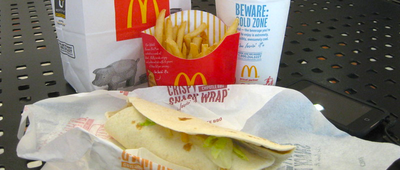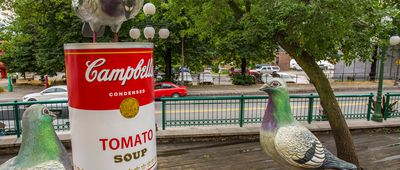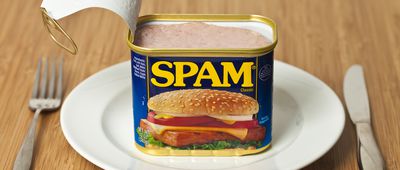Simply Scrumptious
Perhaps the most surprising thing for most Americans about many traditional British foods is not the ingredients but their creative names. Whoever was tasked with naming some of the U.K.'s most beloved dishes certainly had a penchant for sly creativity and that signature British wit. So while many Americans may not know the names of these foods (apart from those who watch BBC shows or have traveled to the U.K.), most of what they are made of is familiar territory.
Of course, things take a darker, more unfamiliar turn with the notorious "black pudding." While not technically banned in the United States, black pudding is illegal to import into the U.S. (along with any other food that contains organ meats). You might call that just a bit of an unsettling grey area.
Outside of black pudding though, which may not be for everyone, some of these popular British dishes sound utterly delightful and reflect truly brilliant culinary inspiration. You might find yourself running to the grocery store to stock up on the necessary ingredients to try making a "Toad in the Hole." Trust us, it's not as sinister as it sounds.















